Home>Interior Design>6 Ways I Style Antiques To Create A Homey But Elegant Feel
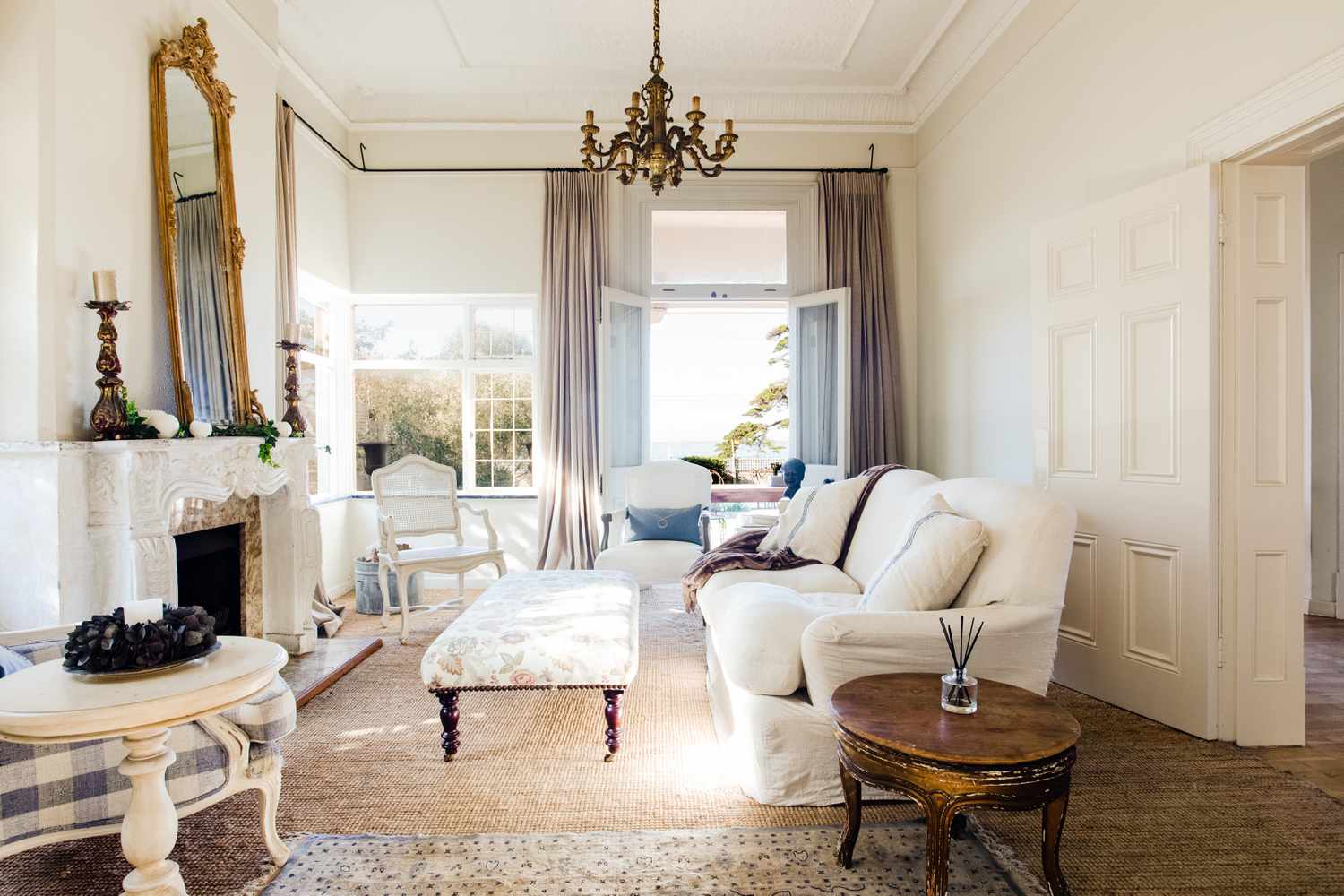

Interior Design
6 Ways I Style Antiques To Create A Homey But Elegant Feel
Modified: February 29, 2024
Discover 6 creative ways to style antiques for an interior design that combines a cozy, homey atmosphere with an elegant touch.
(Many of the links in this article redirect to a specific reviewed product. Your purchase of these products through affiliate links helps to generate commission for Storables.com, at no extra cost. Learn more)
Introduction
Welcome to the world of interior design, where art and functionality intertwine to create beautiful and inviting spaces. When it comes to designing a home, there are endless possibilities to express your personal style and preferences. One aspect of interior design that has gained significant popularity in recent years is the incorporation of antiques.
Antiques have a unique charm and character that adds a sense of history and nostalgia to any space. From vintage furniture to decorative accents, antiques have the power to transform a room into a curated masterpiece. In this article, we will explore six ways to style antiques to create a homey but elegant feel.
Whether you have inherited treasured pieces from your grandparents or have recently started collecting antiques, understanding how to incorporate them into your design scheme can be both exciting and challenging. The key is to strike a balance between old and new, creating a harmonious blend that showcases the beauty of both worlds.
So, whether you’re a lover of Victorian-era furniture or mid-century modern pieces, read on to discover how to style antiques in a way that brings warmth, sophistication, and timeless elegance to your home. Let’s dive in!
Key Takeaways:
- Embrace the art of mixing old and new elements to create a harmonious blend in your interior design. By carefully selecting antique pieces and considering design aesthetics, you can achieve a visually appealing and balanced space that reflects your unique personality and taste.
- Repurpose and embrace the patina of antiques to add character, history, and a sense of authenticity to your space. From transforming old items into functional pieces to celebrating imperfections, incorporating antiques allows you to create a truly unique and soulful home filled with stories and memories.
Mixing Old and New: Creating a Harmonious Blend
One of the most exciting aspects of incorporating antiques into your interior design is the opportunity to mix old and new elements. This approach creates a visually interesting and dynamic space that beautifully combines different time periods.
To achieve a harmonious blend, start by selecting a few key antique pieces that you absolutely love. These could be a vintage armchair, a charming side table, or a statement piece like a grandfather clock. Once you have your antique focal points, it’s time to bring in some modern elements.
When mixing old and new, consider the overall aesthetic of your space. Are you aiming for a more traditional look, or do you prefer a contemporary vibe? This will guide your selection of modern pieces that will complement the antiques. For example, if you have a classic Victorian-style sofa, pair it with a sleek and minimalist coffee table for a touch of modernity.
Another way to create a harmonious blend is by selecting furnishings that share similar design elements. Look for antique pieces that have distinct features, such as intricate carvings or ornate details, and find modern counterparts that echo those same characteristics. This will create a visual connection between the old and the new, tying the elements together effortlessly.
It’s also important to consider the color palette when mixing old and new elements. Opt for a cohesive color scheme that flows seamlessly throughout the space. This can be achieved by choosing modern pieces in colors that complement the tones found in the antiques. For example, if you have a vintage dining table with warm wood tones, pair it with modern chairs in a coordinating shade.
Remember, the goal is to create a space that feels cohesive and balanced. Don’t be afraid to experiment and mix styles to find what works best for you. By skillfully blending old and new elements, you can create a home that tells a story and reflects your unique personality and taste.
Incorporating Antique Furniture: The Centerpieces of Style
When it comes to styling with antiques, furniture plays a crucial role in creating the overall ambiance and aesthetic of a room. Antique furniture pieces have a timeless appeal that adds character and sophistication to any space. Here are some tips for incorporating antique furniture as the centerpieces of your style.
First and foremost, identify the statement piece that will serve as the focal point of the room. This could be a beautiful antique cabinet, a well-preserved vintage dining table, or a stunning ornate bed frame. Choose a piece that captures your attention and complements the overall style you want to achieve.
Once you have your focal point, build the rest of the room around it. Choose complementary furniture pieces that enhance the beauty and uniqueness of the antique. For example, if you have a grand antique dining table, pair it with classic upholstered chairs or rustic bench seating to create a cohesive and inviting dining area.
Next, consider the placement of the antique furniture within the space. Allow it to take center stage by positioning it in a prominent area, such as against a visually appealing wall or as a centerpiece in the room. This will draw attention to the antique and highlight its beauty.
Incorporating antique furniture doesn’t mean that you have to fill every corner of the room with vintage pieces. Instead, mix and match with modern furniture to create a balanced and eclectic look. For instance, pair an antique writing desk with a contemporary office chair to create a stylish and functional workspace.
Don’t forget the importance of lighting when showcasing antique furniture. Lighting can significantly impact the overall ambiance of a room and highlight the craftsmanship of the furniture. Consider incorporating accent lighting, such as sconces or a chandelier, to illuminate and emphasize the beauty of your antique pieces.
Lastly, pay attention to the condition and maintenance of your antique furniture. Regular cleaning and proper care will help preserve the authenticity and longevity of these valuable pieces. Consult with a professional if necessary to ensure that your antique furniture remains in excellent condition.
By incorporating antique furniture as the centerpieces of your style, you can create a captivating and timeless space that showcases your appreciation for history and craftsmanship. These elegant pieces will not only add a touch of nostalgia but also serve as conversation starters and cherished heirlooms for generations to come.
Using Vintage Decorative Accents: Adding a Touch of Nostalgia
Incorporating vintage decorative accents is a wonderful way to infuse your space with nostalgia and create a warm, inviting atmosphere. These small touches can make a big impact and add a sense of charm and personalization to any room. Here are some ideas for using vintage decorative accents in your interior design.
Start by scouring antique shops, flea markets, and online marketplaces for unique and beautiful vintage pieces that catch your eye. Items like vintage mirrors, old clocks, vintage artwork, or ornate picture frames can instantly elevate the aesthetic of a room.
Displaying vintage photographs is a heartfelt and nostalgic way to add a personal touch to your decor. Find old family photos or vintage prints that resonate with you and place them in antique frames. Arrange them on a gallery wall or scatter them throughout your space to create a conversation-inducing display.
Consider using vintage textiles to add warmth and texture to your space. Look for vintage rugs, lace doilies, or embroidered cushions to bring a touch of old-world charm to your living room or bedroom. These textiles not only add visual interest but also provide a sense of comfort and coziness that is reminiscent of simpler times.
Another idea is to incorporate vintage glassware or china as decorative accents or table settings. Vintage teacups, crystal vases, or delicate dessert plates can bring elegance and a touch of sophistication to your dining area. Mix and match pieces with modern tableware for an eclectic look or create a dedicated display cabinet to showcase your collection.
Add a sense of nostalgia to your space by incorporating vintage signage or typography. Look for vintage metal signs, old advertising posters, or vintage letterpress blocks that reflect your personal style and interests. These pieces can be hung on the wall or displayed on shelves to create a unique and personalized focal point.
Don’t forget about the power of vintage lighting fixtures to add a nostalgic flair. Look for vintage chandeliers, sconces, or lanterns that match the overall style of your space. These fixtures not only provide ambient lighting but also serve as stunning decorative focal points.
Lastly, repurpose vintage items into functional decor pieces. Give old suitcases new life as stylish storage solutions or transform vintage crates into unique shelving units. This not only adds a touch of nostalgia but also contributes to a sustainable and eco-friendly approach to design.
By incorporating vintage decorative accents, you can infuse your home with a touch of nostalgia and create a truly unique and personalized space. These small but impactful details will not only enhance the overall aesthetic but also evoke fond memories and spark conversations about the past.
Mix antique furniture with modern pieces to create a balanced and elegant look. Use antique rugs, artwork, and decorative items to add character and warmth to your space.
Repurposing Antiques: Bringing New Life to Old Items
One of the most rewarding aspects of incorporating antiques into your interior design is the ability to repurpose and breathe new life into old items. Repurposing allows you to add a unique and personal touch to your space while honoring the history and craftsmanship of the antique pieces. Here are some creative ideas for repurposing antiques.
Transforming an antique dresser into a bathroom vanity is a popular and stylish repurposing idea. With a bit of modification, you can turn a beautiful vintage piece into a functional and eye-catching focal point in your bathroom. Consider adding a vessel sink and updating the hardware to create a seamless blend of old and new.
Old doors and windows can be repurposed as decorative wall art or room dividers. Hang an antique door horizontally on the wall to create a unique statement piece, or use antique windows as a backdrop for displaying photos, artwork, or plants. These repurposed items add character and architectural interest to any space.
Give an antique trunk a new purpose as a coffee table or storage solution. The weathered exterior and vintage charm of an old trunk make it the perfect centerpiece for a living room. Add a glass top for a more functional surface or utilize it to store blankets, pillows, or other items that need a stylish hiding place.
Repurposing antique chairs is another creative way to bring new life to old items. Transform an old chair into a unique plant stand by removing the seat and replacing it with a plant pot. Or, give an antique dining chair a fresh purpose by reupholstering the seat and using it as a stylish desk chair.
Old wooden ladders can be repurposed as decorative shelves in any room. Lean an antique ladder against the wall and use the rungs as shelves to display books, plants, or decorative items. This repurposing idea adds a rustic and charming touch while maximizing vertical space.
Have you ever thought of repurposing vintage suitcases as stylish storage solutions? Stack a few vintage suitcases together to create a unique side table with hidden storage compartments for blankets or other items. Not only is this repurposing idea functional, but it also adds a touch of wanderlust and nostalgia to your space.
Repurpose old, decorative plates as wall art. Display an assortment of antique plates on the wall to create an eye-catching and unique gallery. The intricate designs and vintage patterns will add visual interest and a touch of elegance to your space.
Remember to carefully clean and restore antique pieces before repurposing them. This will help preserve their beauty and integrity while ensuring they are safe to use in their new form. If you’re unsure about the repurposing process, consult with a professional or seek guidance from experienced DIYers.
Repurposing antiques not only allows you to create one-of-a-kind pieces but also promotes sustainability by giving new life to objects that might have otherwise been discarded. Get creative and embrace the process of repurposing to add a personal touch and a sense of history to your home.
Read more: A London Townhouse With Style And Elegance
Combining Different Time Periods: Adding Depth and Interest
One of the keys to creating a visually captivating and dynamic interior design is the art of combining different time periods. This approach adds depth, interest, and a sense of eclecticism to your space. By skillfully blending elements from various eras, you can create a truly unique and personalized home. Here are some tips for combining different time periods in your interior design.
Start by identifying the different time periods that inspire you the most. Whether it’s the elegance of the Victorian era, the sleekness of mid-century modern design, or the industrial charm of the 20th century, embracing a variety of styles allows you to create a space that is truly your own.
Choose one era as the dominant style and incorporate pieces from other periods as accents. For example, if you’re drawn to the minimalist aesthetic of mid-century modern design, make that your foundational style and add touches of other eras, such as an ornate vintage mirror or a rustic farmhouse-inspired side table.
Pay attention to the overall color palette when combining different time periods. Create a cohesive flow by selecting shades that work well together. This doesn’t mean you have to stick to a monochromatic theme; rather, aim for colors that harmonize and complement each other, adding visual interest and balance to your space.
Consider the scale and proportion of the different furniture and decor pieces in your space. Mixing items of varying sizes creates visual intrigue and adds a sense of depth. For example, pair a large vintage wardrobe with a contemporary sleek armchair or combine a petite antique side table with a modern sectional sofa.
Embrace the idea of contrast when combining different time periods. Play with the juxtaposition of textures, materials, and finishes. For instance, pair a smooth, glossy modern dining table with vintage, textured upholstered chairs. This contrast adds visual excitement and showcases the distinctive qualities of each piece.
Balance is key when combining different time periods. Aim for an equilibrium between old and new, classic and contemporary. Too much of one era may result in a space that feels overwhelming or disjointed. Experiment and fine-tune the placement of different pieces to create a harmonious and visually appealing composition.
Remember, combining different time periods is an opportunity for creative expression. Don’t be afraid to think outside the box and take risks. Trust your instincts and create a space that reflects your unique personality and taste.
By effectively combining different time periods in your interior design, you can create a space that captures the essence of different eras, adding depth, interest, and a personal touch. So go ahead, embrace the eclecticism, and let your creativity shine!
Embracing Patina and Imperfections: Enhancing the Antique Appeal
When it comes to styling antiques, one of the most charming and unique aspects is the patina and imperfections that come with age. Embracing these characteristics can add depth, character, and a sense of history to your space. Here are some tips for enhancing the antique appeal by embracing patina and imperfections.
First and foremost, understand that the signs of wear and tear are part of the beauty and charm of antiques. Scratches, dents, and faded finishes are a testament to the story and life that these pieces have experienced. Rather than trying to repair or restore every flaw, embrace and celebrate them.
Consider how the patina and imperfections of your antiques can add visual interest and create a sense of authenticity. For example, an aged and crackled paint finish on a vintage cabinet can create a captivating and rustic focal point in your space. Instead of disguising or refinishing it, showcase it proudly.
Pairing antique pieces with modern or sleek elements can create a striking contrast that enhances the beauty of the patina. Imagine an antique wooden table with a distressed surface paired with sleek, contemporary dining chairs. This combination allows the age and imperfections of the table to stand out and become a focal point of interest.
Another way to embrace patina is through the use of aged textiles. Vintage fabrics and faded upholstery can add a touch of nostalgia and warmth to your space. Whether it’s a weathered Persian rug or a faded floral print on an armchair, these textiles add character and a sense of history to your interior.
Displaying antique artwork with signs of age, such as crackling or yellowing, can bring a touch of authenticity and vintage charm to your walls. These imperfections add depth and a sense of timelessness to the artwork, making it even more captivating and intriguing.
When it comes to lighting, consider using warm, soft lighting to enhance the antique appeal. Softly lit chandeliers or vintage-style Edison bulbs can create a cozy and intimate atmosphere that complements the patina and imperfections of your antiques.
Lastly, appreciate the patina and imperfections for their unique and one-of-a-kind qualities. Each antique piece carries its own history and story, and the imperfections tell a tale of its journey. These flaws are what make each piece special and add a layer of depth and character to your space.
By embracing the patina and imperfections of your antiques, you not only enhance their appeal but also create a space filled with soul and authenticity. Remember, beauty is not always about perfection, but rather the unique story that each piece tells.
Conclusion
Incorporating antiques into your interior design is a wonderful way to add character, history, and personalization to your space. By following the six strategies outlined in this article, you can create a home that is both elegant and homey, seamlessly blending old-world charm with modern sensibilities.
First, mixing old and new allows you to create a harmonious blend that showcases the beauty of both antique and contemporary elements. By carefully selecting key pieces and considering design aesthetics and color palettes, you can create a cohesive and visually appealing space.
Incorporating antique furniture as centerpieces not only adds a touch of sophistication but also serves as focal points that anchor the style of your room. Combine antique pieces with modern furnishings to create a balanced and eclectic look that showcases your personal style and taste.
Using vintage decorative accents adds a touch of nostalgia and warmth to your space. From vintage photographs and textiles to repurposing antique items, these accents breathe new life into old treasures, giving your home a unique and personal touch.
Repurposing antiques offers the opportunity to give new life to old items, creating functional pieces with a rich history. From transforming dressers into bathroom vanities to repurposing old ladders into decorative shelves, the possibilities are endless for creating unique and personalized pieces that showcase your creativity.
Combining different time periods allows you to create a visually captivating and dynamic space. By carefully selecting and balancing contrasting elements from various eras, you can create a home that is truly unique and reflective of your personal style.
Finally, embracing patina and imperfections enhances the antique appeal of your pieces. By celebrating the signs of wear and tear, you add character, depth, and a sense of history to your space, creating a truly authentic and soulful environment.
Incorporating antiques into your interior design is a rewarding and creative endeavor. By following these strategies, you can create a home that is not only beautiful and stylish but also tells a story and reflects your unique personality. So go ahead, explore the world of antiques, and let your creativity shine!
Frequently Asked Questions about 6 Ways I Style Antiques To Create A Homey But Elegant Feel
Was this page helpful?
At Storables.com, we guarantee accurate and reliable information. Our content, validated by Expert Board Contributors, is crafted following stringent Editorial Policies. We're committed to providing you with well-researched, expert-backed insights for all your informational needs.
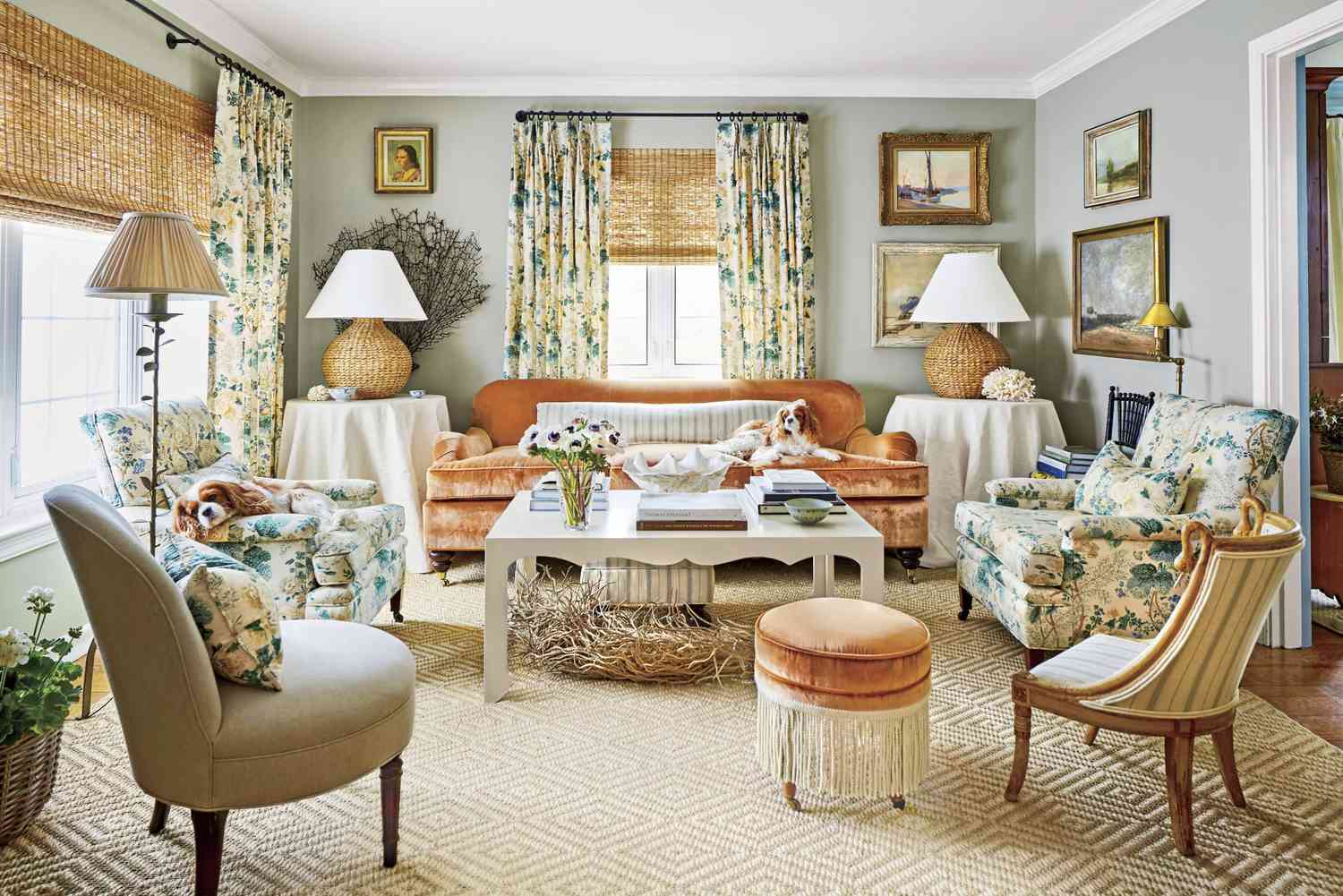
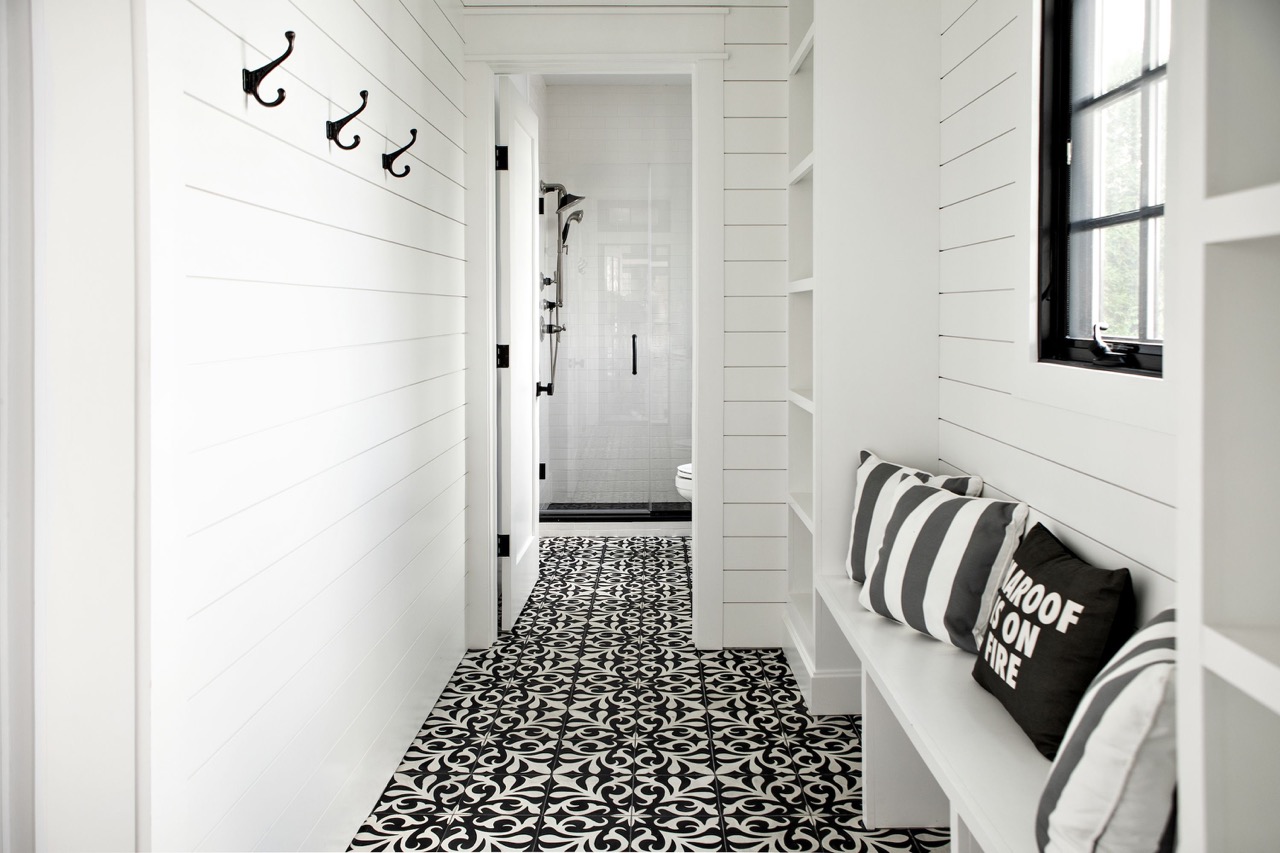
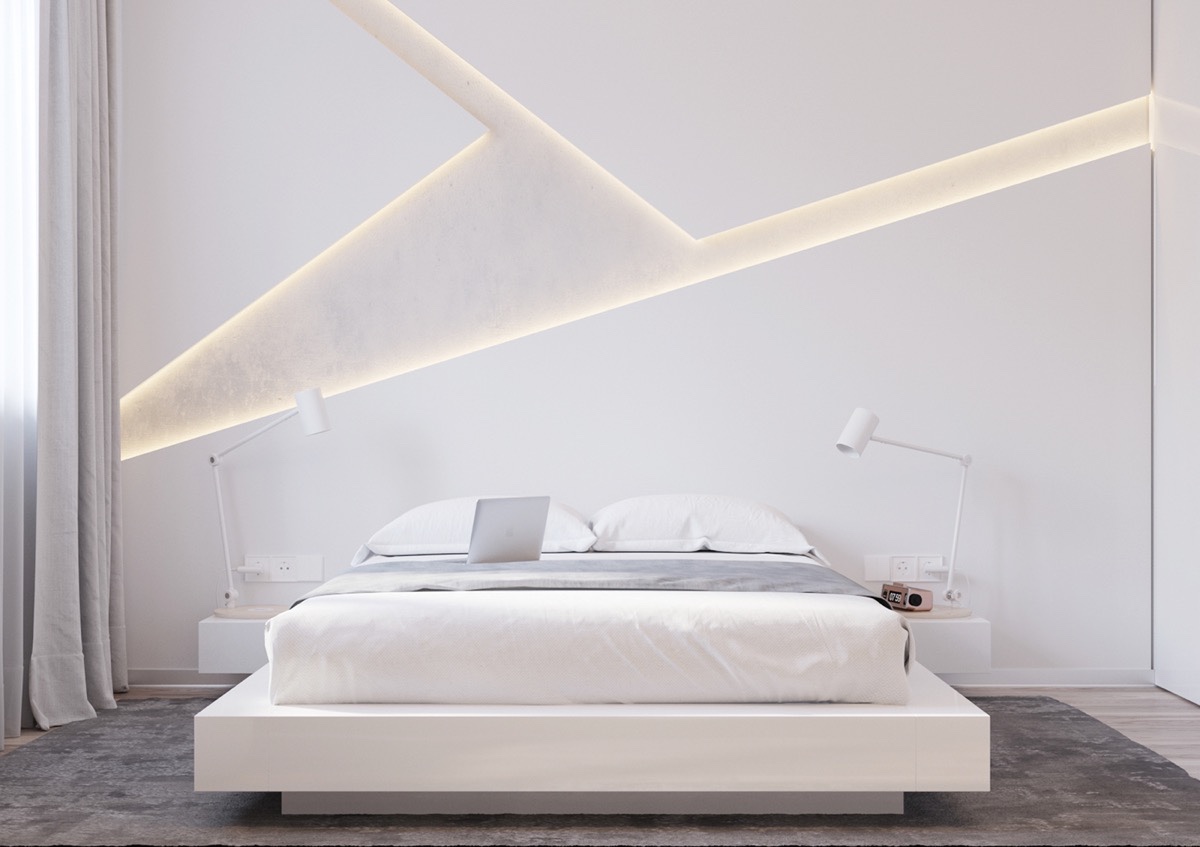
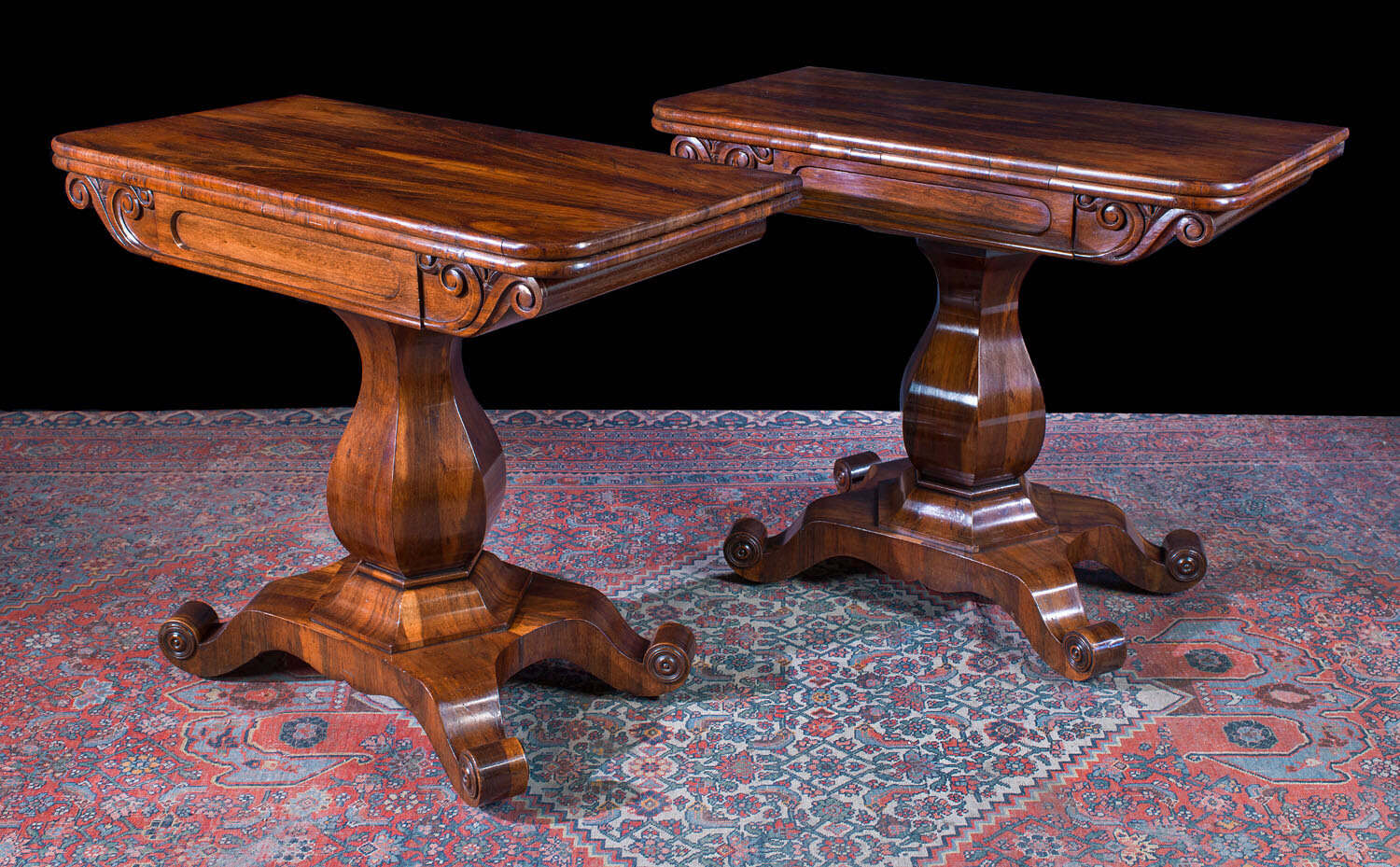
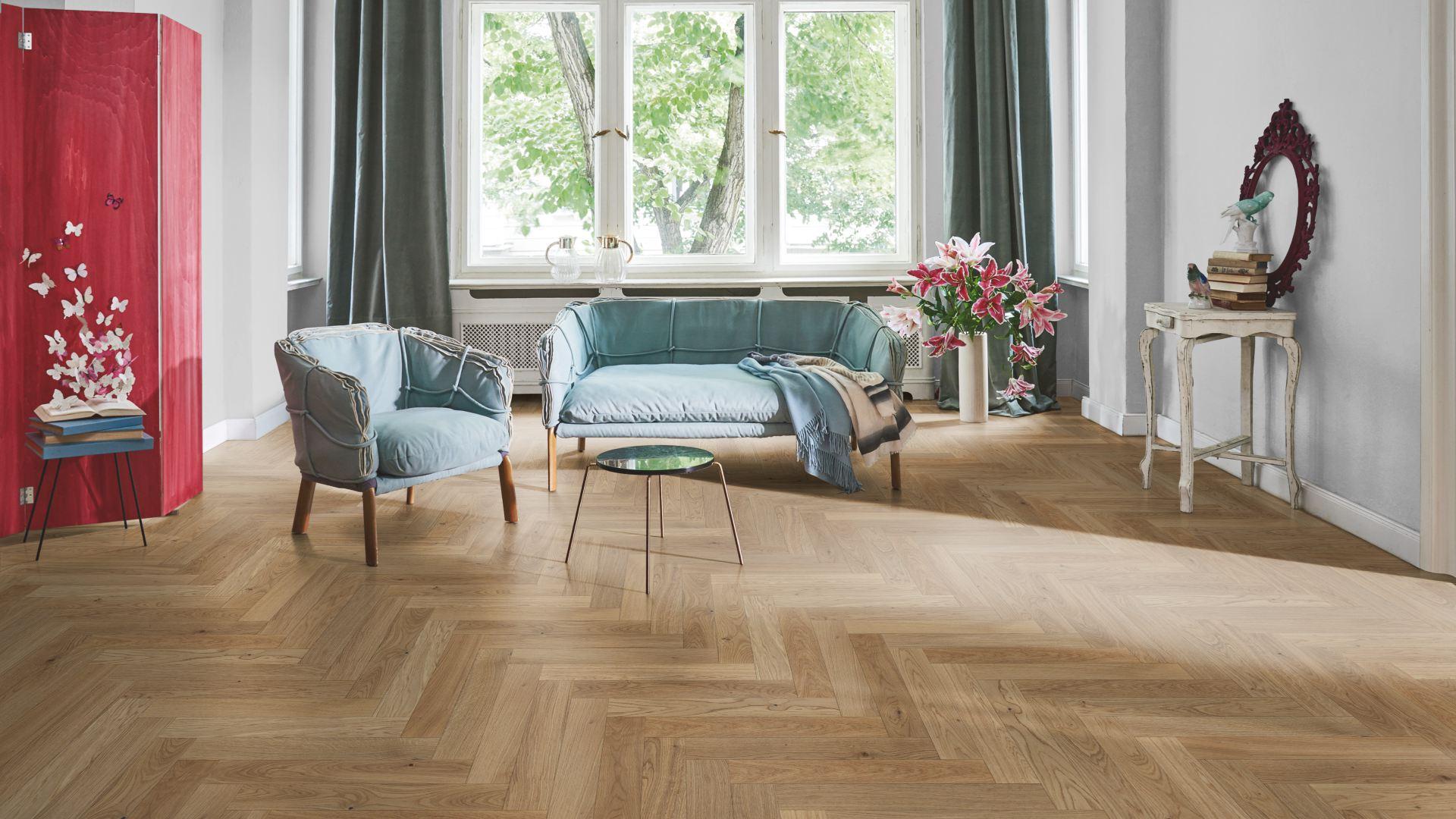
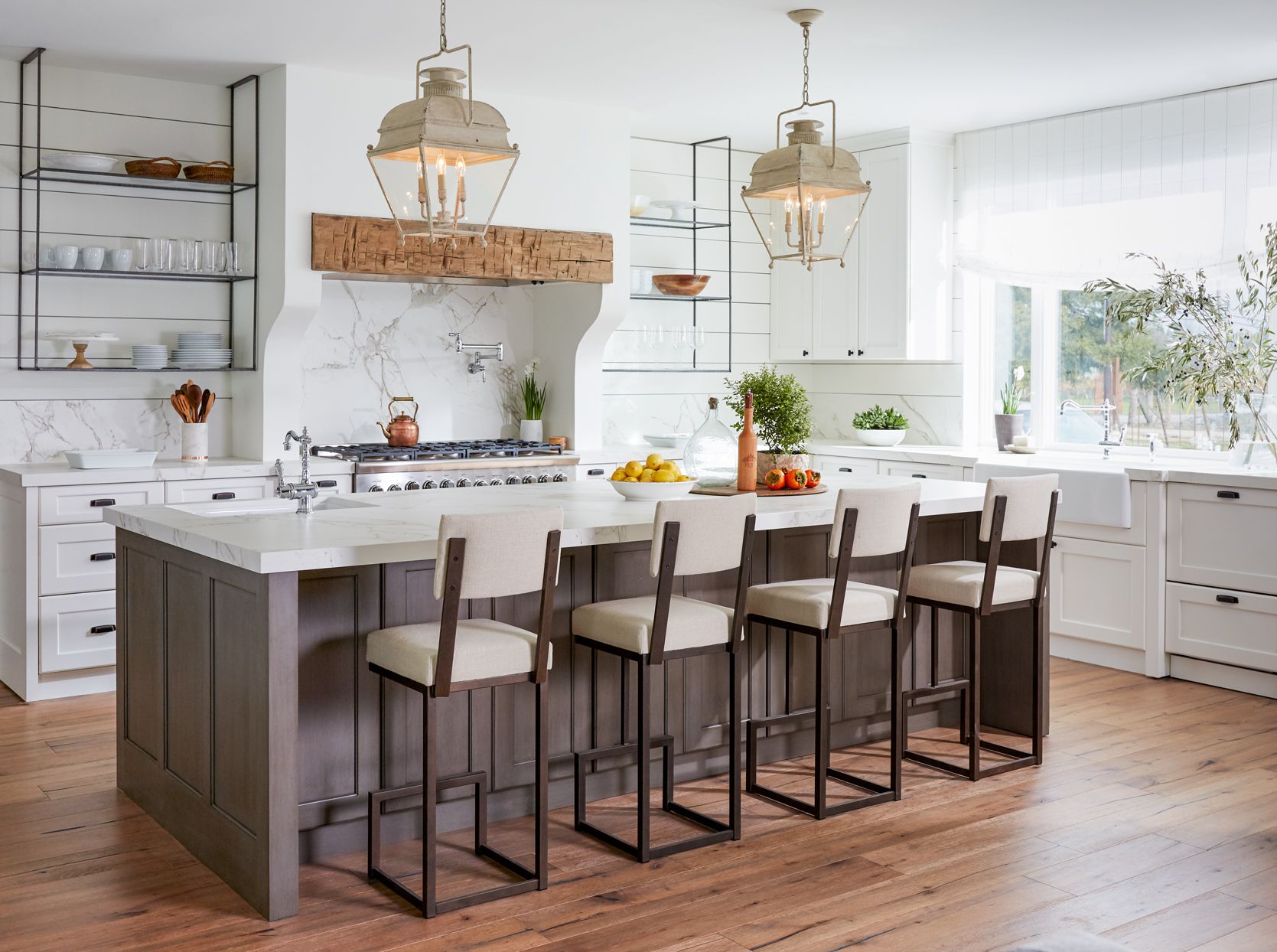
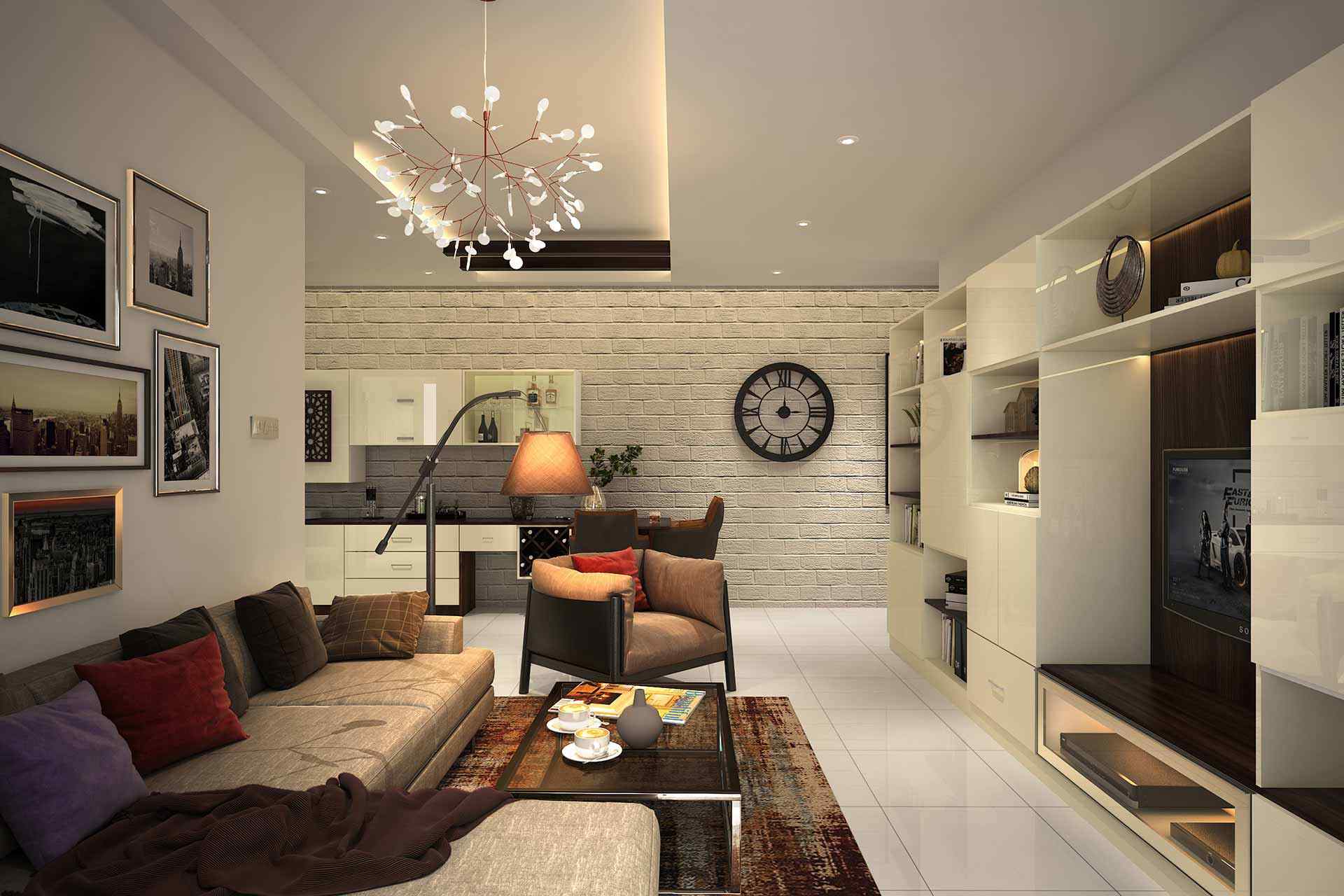
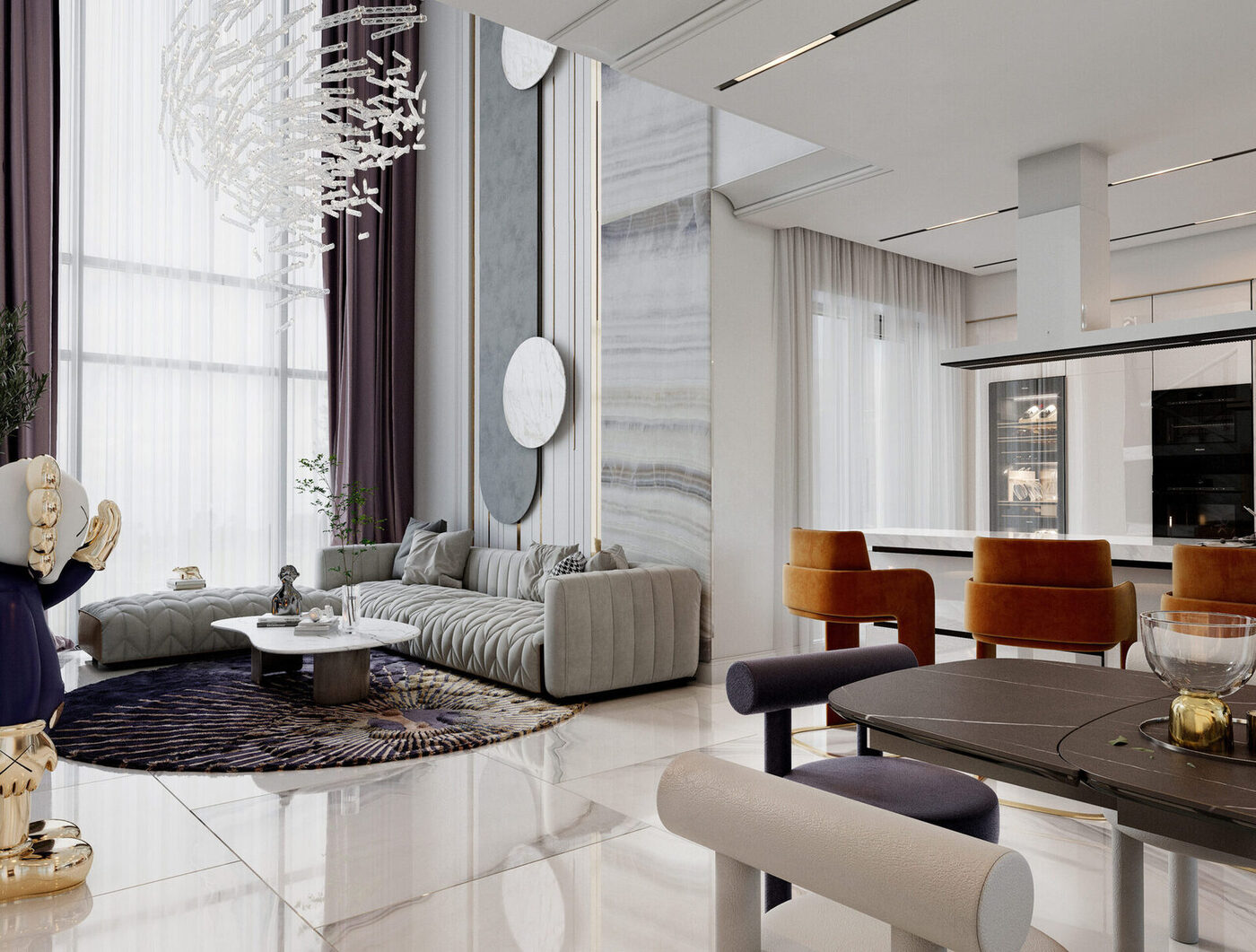
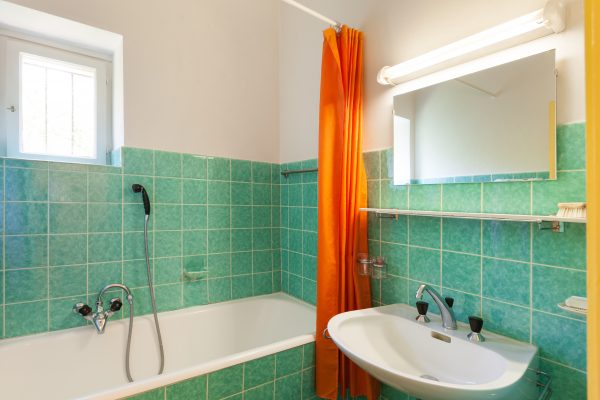
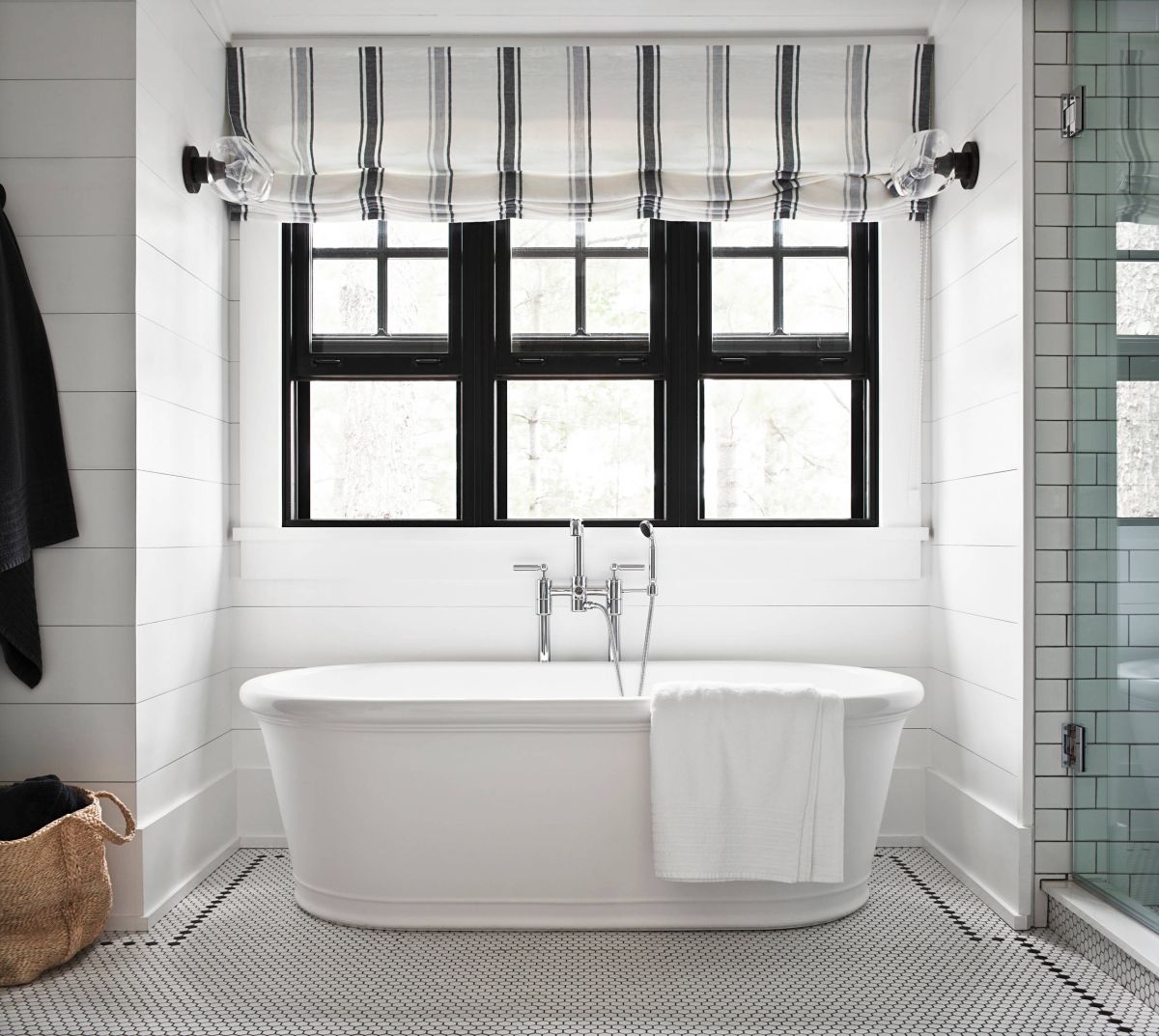
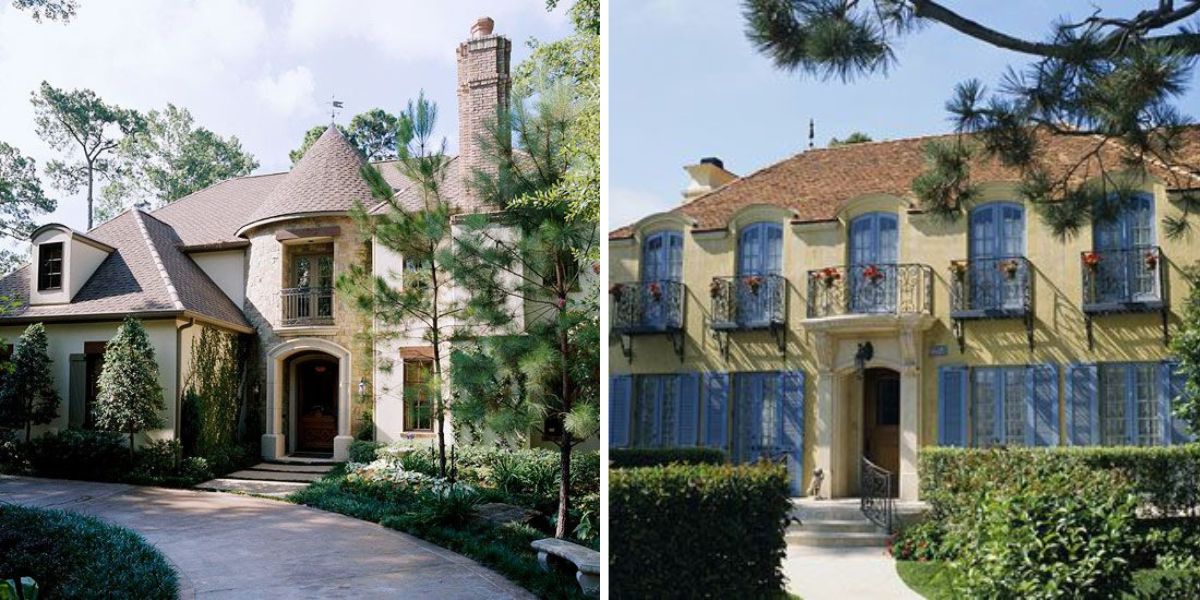
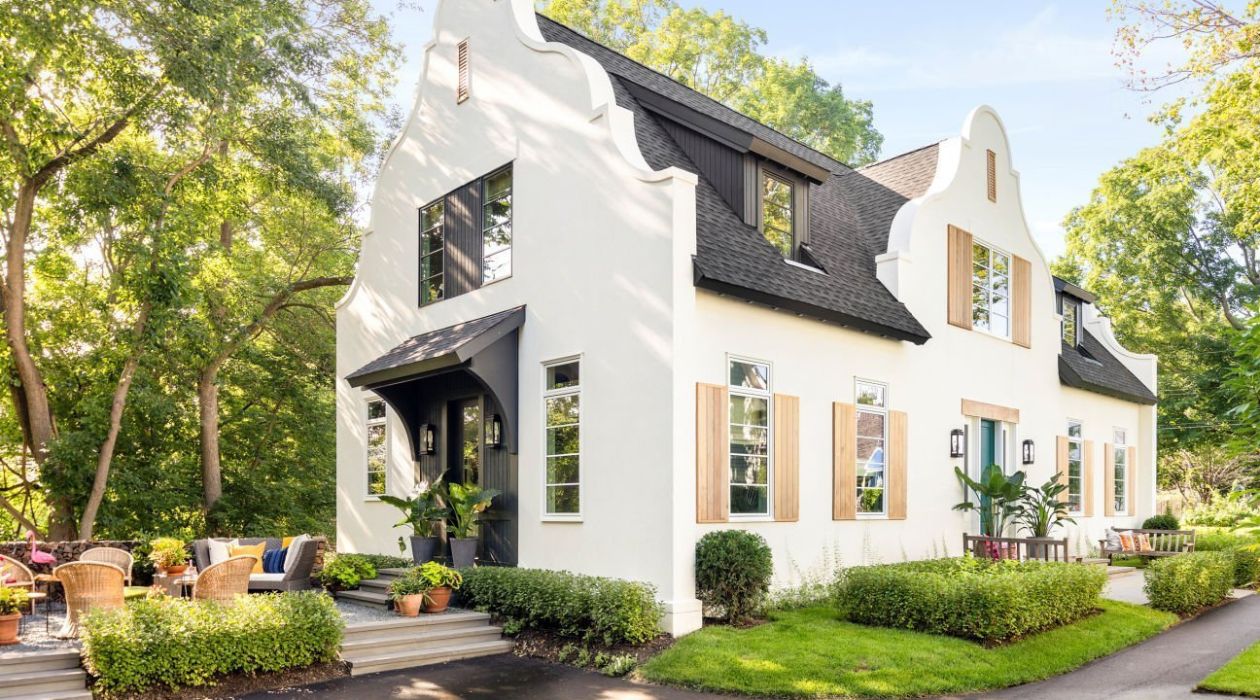
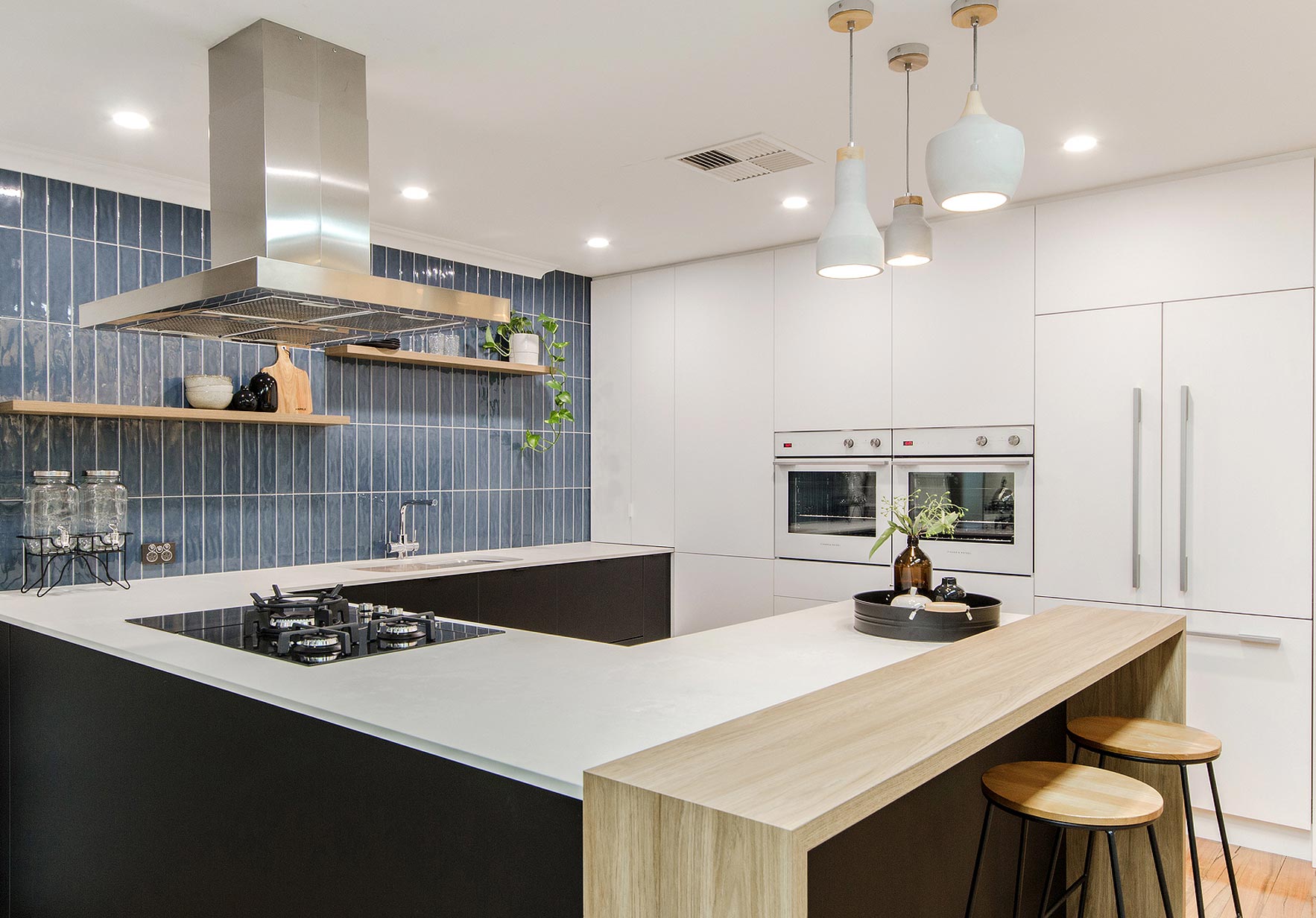
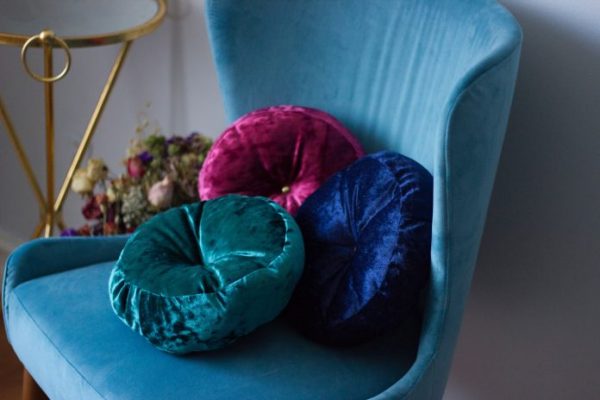

0 thoughts on “6 Ways I Style Antiques To Create A Homey But Elegant Feel”